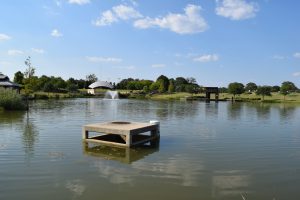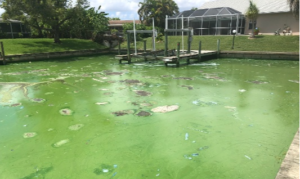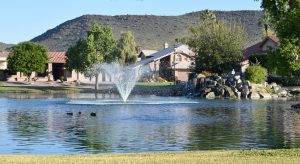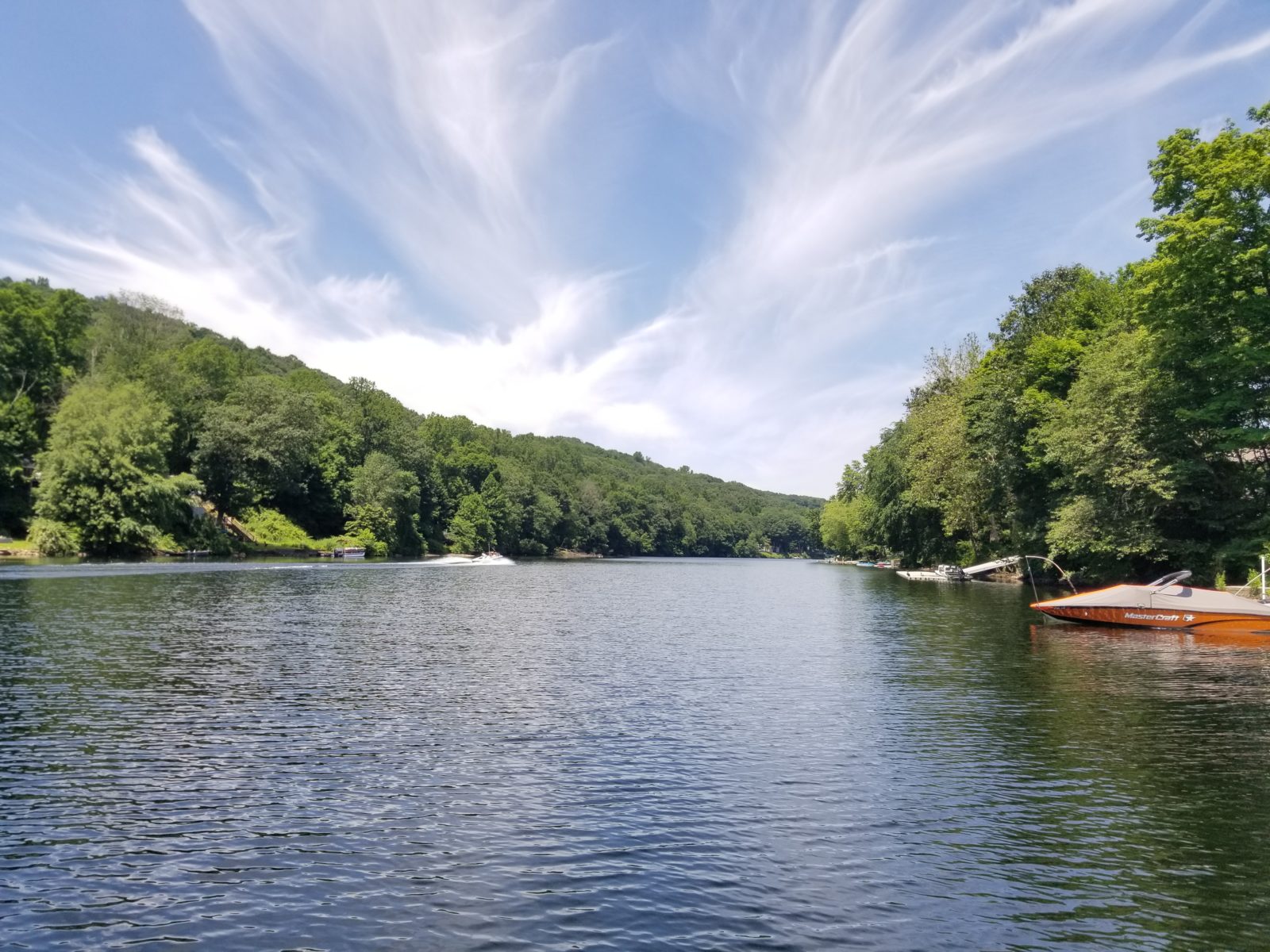Environmentally Friendly Pond and Lake Management
June 10th, 2014
AS SEEN IN Culpeper Soil & Water Conservation District – Views From the Foothills, May 2014: Written by Industry Expert Shannon Junior, Aquatic Ecologist
 The last decade has brought major changes to the pond and lake management industry. The owner of every privately maintained pond, lake or stormwater BMP has the responsibility of managing the structural, functional, and aesthetic integrity of their waterbody. The primary ongoing maintenance issue associated with these aquatic resources is typically the prevention and control of nuisance aquatic vegetation. Historically, a baseline management plan for an impaired pond or lake would include frequent and repetitive herbicide applications for the control of unwanted algae and weeds. However, in recent years the regulatory environment has become more constraining. The National Pollutant Discharge Elimination System (NPDES) permit for aquatic herbicide applications went into effect late in 2011, and requires that Integrated Pest Management (IPM) strategies are considered prior to the decision to apply herbicides for nuisance vegetation control. In addition, the public has become warier of herbicides, and pond owners have been requesting more environmentally friendly strategies for management.
The last decade has brought major changes to the pond and lake management industry. The owner of every privately maintained pond, lake or stormwater BMP has the responsibility of managing the structural, functional, and aesthetic integrity of their waterbody. The primary ongoing maintenance issue associated with these aquatic resources is typically the prevention and control of nuisance aquatic vegetation. Historically, a baseline management plan for an impaired pond or lake would include frequent and repetitive herbicide applications for the control of unwanted algae and weeds. However, in recent years the regulatory environment has become more constraining. The National Pollutant Discharge Elimination System (NPDES) permit for aquatic herbicide applications went into effect late in 2011, and requires that Integrated Pest Management (IPM) strategies are considered prior to the decision to apply herbicides for nuisance vegetation control. In addition, the public has become warier of herbicides, and pond owners have been requesting more environmentally friendly strategies for management.
 Identification of the individual species of algae that are present in a pond and the water quality parameters and sediment characteristics of the waterbody are critical in the development of site-specific management strategies. Cyanobacteria (aka blue-green algae) blooms have become increasingly common in ponds in our area and can be potentially harmful to humans, pets, and wildlife. The prevalence of these blooms can be directly controlled by phosphorus reduction, which can be achieved through the application of a new product that has a high affinity to permanently bond with phosphorus in the water column and sediment. The amount of product required and the application schedule would be based on the results of the laboratory analysis and budgetary considerations.
Identification of the individual species of algae that are present in a pond and the water quality parameters and sediment characteristics of the waterbody are critical in the development of site-specific management strategies. Cyanobacteria (aka blue-green algae) blooms have become increasingly common in ponds in our area and can be potentially harmful to humans, pets, and wildlife. The prevalence of these blooms can be directly controlled by phosphorus reduction, which can be achieved through the application of a new product that has a high affinity to permanently bond with phosphorus in the water column and sediment. The amount of product required and the application schedule would be based on the results of the laboratory analysis and budgetary considerations.










